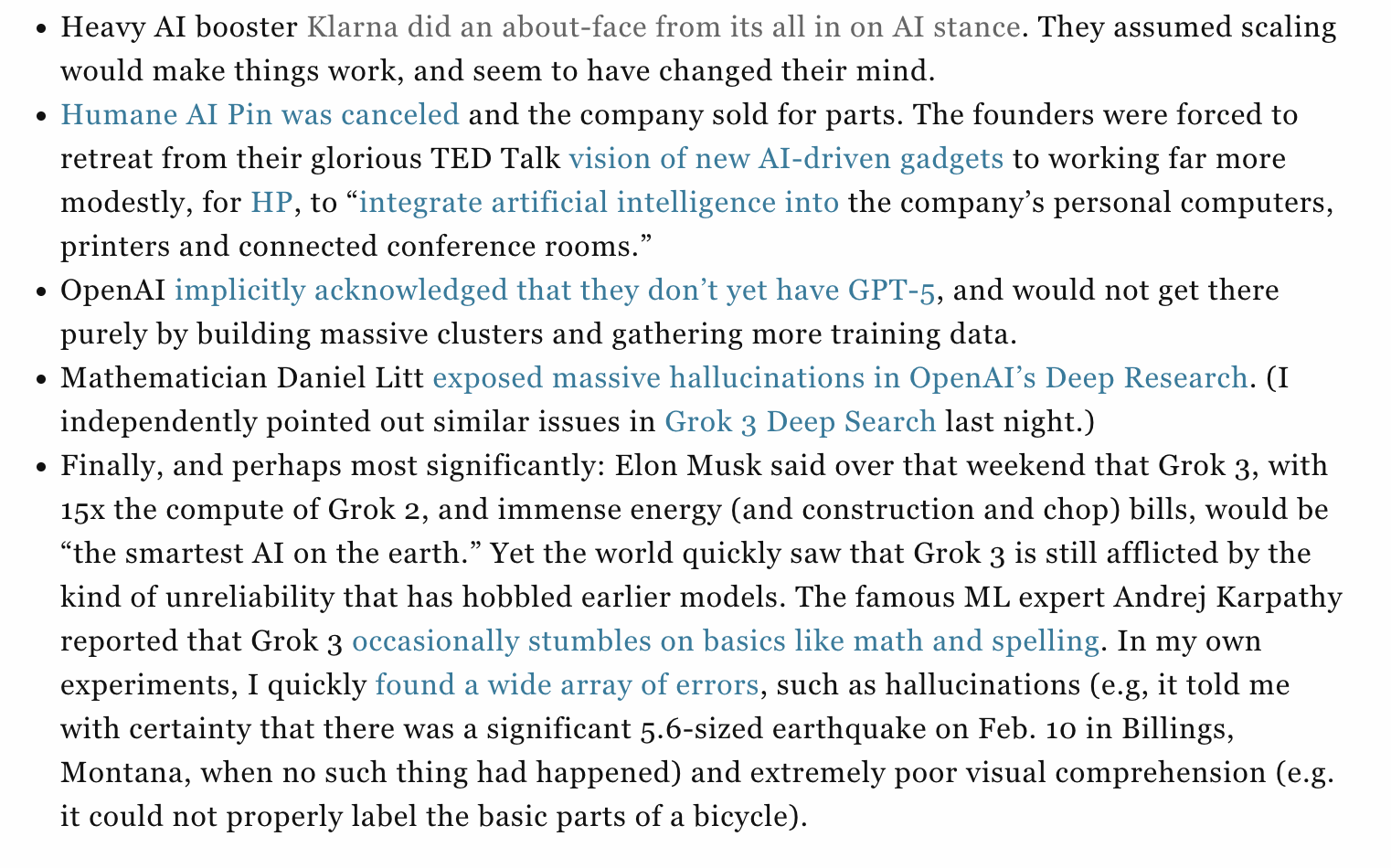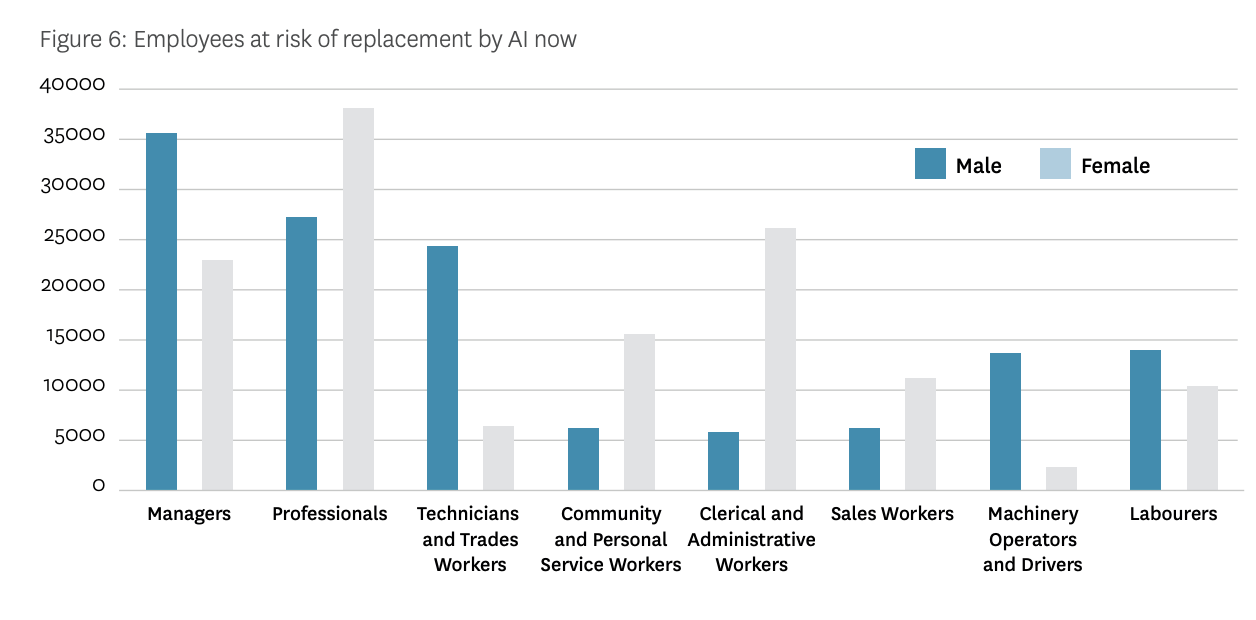Griffin on Tech: AI’s impact will hit you differently - depending on where you live
It’s been a big week for breakthroughs in cutting-edge areas of technology.
On Tuesday, French scientists announced that their Tokamak West nuclear fusion facility had maintained a hydrogen plasma reaction for more than 20 minutes. That improved 25% on Chinese scientists’ efforts reported last month.
The road to nuclear fusion as a perpetual source of clean energy relies on generating and sustaining a constant plasma reaction, so that’s an incredible achievement. France is currently building ITER, the world’s largest nuclear fusion reactor, so the experiments will help that project, which was threatening to become a white elephant, get off to a good start once it becomes operational towards the end of the decade.
Also, this week was Microsoft’s incredible announcement that it had created a quantum computer chip called a topoconductor that essentially conjures up a new form of matter that is well-suited to performing quantum calculations. This is an alternative path to what the rest of the industry has been pursuing and scientists suggest it shows a lot of promise - if it can be scaled up significantly, as it helps deal with the errors that plague existing quantum systems and reduce the usefulness of their outputs.
By comparison, given the significantly higher level of investment in artificial intelligence, we should be well on the way to achieving artificial general intelligence. But as AI expert Gary Marcus wrote in Fortune this year, the premise that simply scaling up computing capacity to run larger AI models would get us to AGI is now being dismantled.
As Marcus points out, a list of news developments reveal that cracks in generative AI are increasingly showing even as the industry throws more money at infrastructure to scale it up further.
Source: Fortune
“In short, half a trillion dollars have been invested in a misguided premise; a great deal more funding seems to be headed in the same direction for now,” writes Marcus, a former NYU professor.
“Unfortunately, none of this looks to be sustainable. Most of the money has been invested on the premise that one of these companies would reach artificial general intelligence, which seems (at least in the near term) increasingly unlikely. Yet virtually all of them, from American companies like OpenAI, Grok, and Anthropic to Chinese companies like DeepSeek and ByteDance, are following essentially the same playbook, making mild improvements but not solving the core problems—unreliability, hallucinations, and occasionally absurd reasoning—that have plagued LLMs since the beginning.”
Achieving AGI will require a circuit breaker that may result from a radically different approach.
In the meantime, more research is getting to grips with the potential impacts of AI on employment as the admittedly flawed copilots and chatbots already on the market extend further into our workplaces.
New Zealand’s Maxim Institute this week released a report that aligns with many others published in recent years that suggest the impact of AI will be profound and most acutely felt in professional rather than blue-collar areas of work.
“The picture is very bleak, with potentially 40-60% of secretarial, administrative, and customer service roles exposed to and replaced by AI today,” writes the Maxim Institute’s Dr Paul Hendersen.
“This report anticipates a future with higher-than-current levels of unemployment. It expects new jobs to be created in relation to machine learning and artificial intelligence, but not as many as are displaced. It raises questions about the value, importance, and need for work. It recommends planning and preparation for a future where, even though jobs might be fewer and competition for employment fiercer, as a people and a nation we will continue to prosper,” adds Hendersen.
Source: Maxim Institute
The Maxim Institute’s call for us to get serious about education and making changes at the tertiary level to better prepare graduates for an AI-driven world is a useful one. We also need to attract AI talent to New Zealand so that we can make the most of efforts to exploit AI for our economic gain and to improve social wellbeing.
Also this week comes a new report from the Brookings Institute in the US which takes a look at the geographical impact of generative AI. in line with the research that predicts a disproportionate impact on white-collar workers, the paper shows the knowledge economy hubs of the US being hit harder. That’s in sharp contrast to previous waves of automation, which had more impact on the industrious Midwest of the US, and the agricultural southern states.
Brookings Institute
“The new landscape of AI—reshaped by generative AI—reflects a dynamic in which the people and places who were initially the least exposed to automation technology may now be the most involved,” writes the Brookings Institutes fellows.
“In this respect, generative AI looks likely to impact a different set of workers compared to previous technologies. It is now big-city information workers who will gain the most from generative AI—and bear its most challenging displacements.
“By the same token, the communities that past waves of automation hit hardest look like they will be the ones most insulated from the risks of AI. With that said, such regions also look likely to be left out of the biggest gains,” they write.
So AGI, the point at which AI reasoning and cognitive abilities become as intelligent as humans may be further off than we thought, without a different approach anyway. But we still face major societal changes that will look different to the impacts previous waves of new technology had.
We clearly still are not doing enough to prepare for that AI-driven world.



